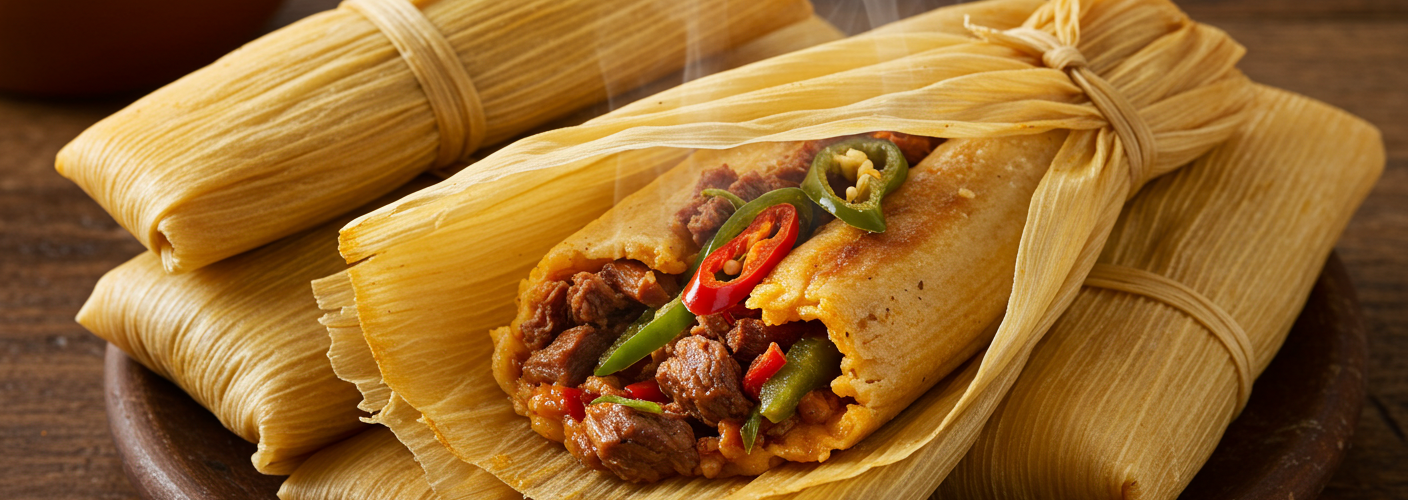Tamales are a cherished culinary delight that reflects the rich cultural heritage of Latin America, particularly Mexico. These delectable treats, featuring a dough filled with a variety of savory or sweet fillings, are steamed within corn husks, resulting in a unique texture and flavor that captivates many.
The Basics of Tamales
At their core, tamales consist of masa, a dough made from ground corn, which serves as the base for an array of fillings. Traditional tamales often incorporate ingredients such as shredded meats, cheeses, vegetables, or even fruits for sweet versions. The versatility of tamales allows for endless possibilities, accommodating different tastes and dietary preferences.
The preparation begins with the masa, which is mixed with lard or vegetable shortening to create a light and fluffy consistency. Once the masa is prepared, it’s time to choose a filling. Popular choices might include various meats, such as chicken or pork, often accompanied by a rich red or green salsa, adding depth to the flavor profile. For those with a sweet tooth, options like chocolate or fruit preserves can transform tamales into a delightful dessert.
Steaming Process
After filling the masa, the next step involves wrapping it in corn husks. This step is not merely decorative; it plays a crucial role in the tamale-making process. The corn husks help retain moisture during the steaming process, ensuring that the tamales remain tender and flavorful. The wrapped tamales are then placed upright in a steamer pot, where they are cooked for typically one to two hours, allowing the masa to firm up while absorbing the flavors of the filling.
A Cultural Tradition
Tamales are more than just food; they are an integral part of cultural celebrations and family gatherings. In many Latin American homes, making tamales is a communal activity, often taking place during holidays and special occasions. Family members come together to share in the process, from preparing the ingredients to wrapping and steaming the tamales. This not only strengthens familial bonds but also preserves a traditional culinary art that has been passed down through generations.
Serving and Enjoying Tamales
Tamales can be enjoyed in a variety of ways. They can be served as a standalone dish or accompanied by salsas, guacamole, or crema. The act of unwrapping a tamale is also a part of the experience, as the enticing aroma is revealed along with the tender masa and filling. Each bite brings forth a delightful combination of flavors and texture, a testament to the thought and care put into their preparation.
In recent years, tamales have gained popularity beyond traditional settings, with gourmet interpretations appearing in many restaurants and food festivals. Chefs experiment with innovative fillings and flavors, providing a modern twist to this classic dish without losing the essence of what makes tamales beloved.
Conclusion
In conclusion, tamales are a beloved culinary tradition that embodies the spirit of community, culture, and flavor. Their versatility and heartfelt preparation make them so much more than just a delicious food item; they are a celebration of heritage and family connections. So, whether enjoyed at a festive gathering or savored alone, tamales represent comfort, nostalgia, and the joy of sharing good food with loved ones.




Add comment